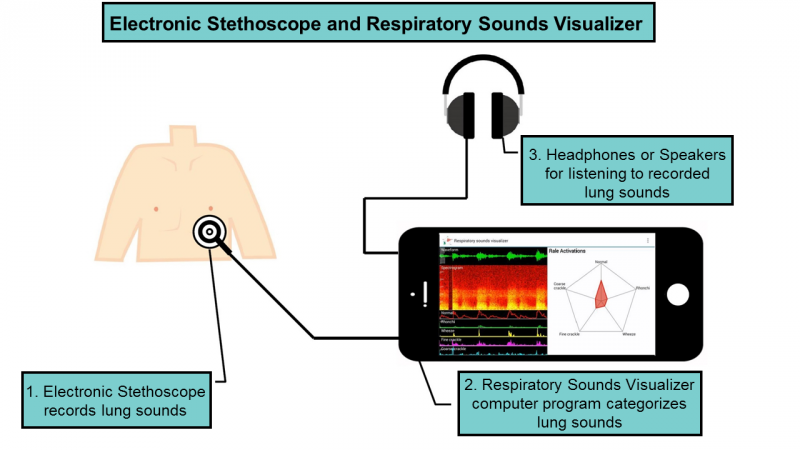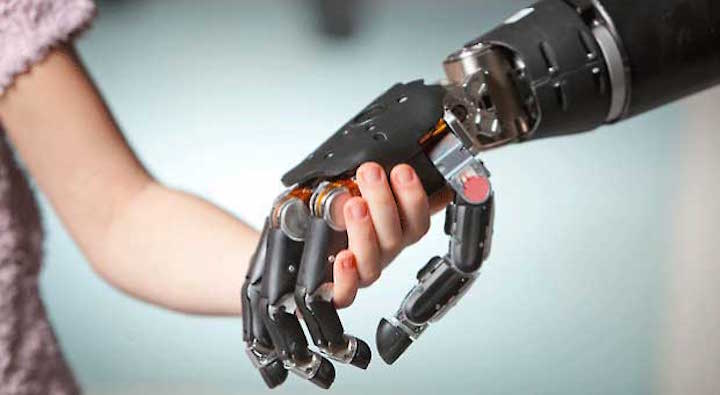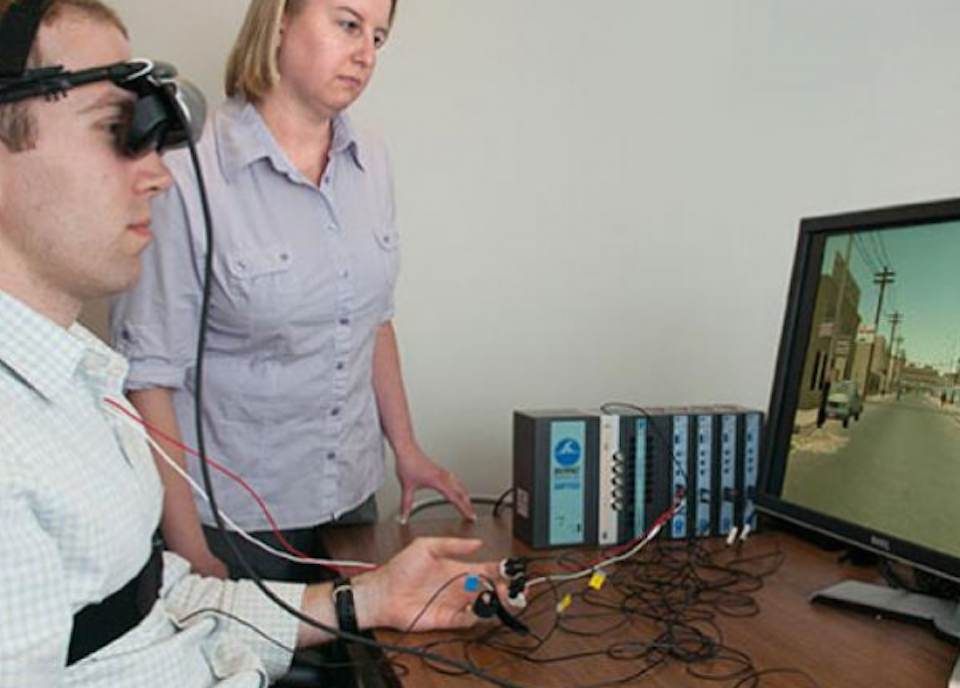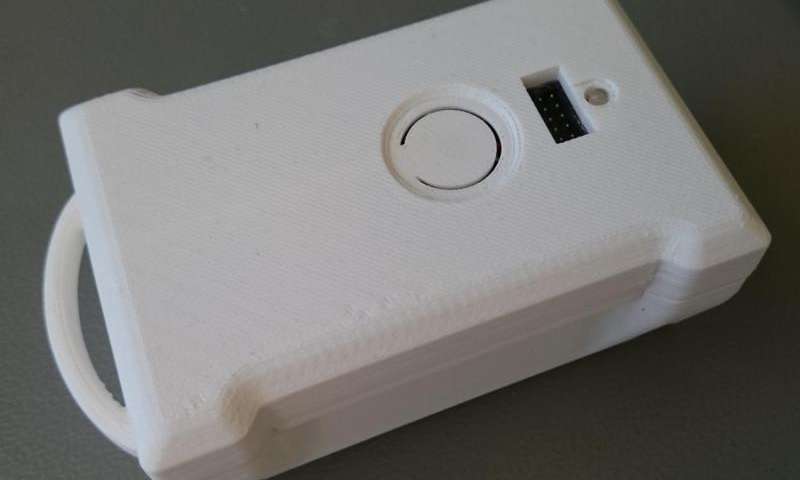Scientist-led conferences at Harvard, Stanford and MIT
-

Stethoscope software analyzes lung sounds
Hiroshima University and Fukushima Medical University researchers have created software and an electronic stethoscope to classify lung sounds into five common diagnostic categories. Currently, doctors listening to heart and lung sounds on a stethoscope need to overcome background noise and recognize multiple irregularities. The system will be able to “hear” what a doctor might miss, and automatically…
-

Machine learning analysis of doctor notes predicts cancer progression
Gunnar Rätsch and Memorial Sloan Kettering colleagues are using AI to find similarities between cancer cases. Ratsch’s algorithm has analyzed 100 million sentences taken from clinical notes of about 200,000 cancer patients to predict disease progression. In a recent study, machine learning was used to classify patient symptoms, medical histories and doctors’ observations into 10,000 clusters. Each…
-

Mind controlled prosthetic fingers
Johns Hopkins researchers have developed a proof-of-concept for a prosthetic arm with fingers that, for the first time, can be controlled with a wearer’s thoughts. The technology was tested on an epileptic patient who was not missing any limbs. The researchers used brain mapping technology to bypass control of his arms and hands. (The patient was…
-

First human optogenetics vision trial
Retina Foundation of the Southwest scientists, in a study sponsored by Retrosense Therapeutics, will for the first time use optogenetics — a combination of gene therapy and light to control nerve cells – in an attempt to restore human sight. Previously, optogenetic therapies were only tested on mice and monkeys. Viruses with DNA from light-sensitive algae will…
-

Ultra slim sensors for next generation wearables
LG Innotek has developed an ultra-thin optical bio sensor module for monitoring heart rate, blood oxygen, and stress. High-end smartphones typically include these modules, which complement fitness wearables and apps. LG claims that the new module is more accurate and uses less energy than current sensors. Because of its size, is can be used in very…
-

Sensor + algorithm detect prostate cancer in urine
Chris Probert and University of Liverpool and UWE Bristol colleagues are creating a test that uses gas chromatography to “smell” prostrate cancer in urine. If proven accurate, the test might be able to be used instead of current invasive diagnostic procedures, at an earlier stage. 155 men were tested. 58 were diagnosed with prostate cancer, 24 with bladder…
-

VR + sensors improve accuracy, speed of PTSD diagnosis
PTSD is often misdiagnosed. Symptoms can be confused with those of depression. Many clinicians lack the expertise needed to distinguish the condition, and therefore might not provide appropriate treatment. To address this widespread dilemma, Draper has developed a diagnostic system that combines virtual reality data with psychophysiological sensors. The sensors monitor heart rate, sweat, and…
-

Brain state learning system adapts to user focus
BACh (Brain Automated Chorales) estimates brain workload using fNIRS to measure oxygen in the prefrontal cortex to help beginners learn to play Bach chorales. The system offers new lessons when the brain isn’t overloaded with information. Tufts Beste Yuksel and Robert Jacob, who developed the technology, believe that it can help with any type of learning, and specify math,…
-

Pressure change sensor detects more fall types in seniors
SINTEF‘s Anders Liverud and Tellu AS colleagues have developed a fall detector able to detect more types of incidents, including “sinking falls” often missed by current sensors. These slow motion falls are difficult to monitor as they occur slowly, and the g-forces are not significant. Examples include when a senior slides down a wall, or…
-

Smart contact lens could detect Glaucoma progression
Columbia University’s C. Gustavo De Moraes has developed a contact lens sensor that can detect Glaucoma progression by constantly monitoring intraocular pressure. Doctors check eye pressure, but the measurement is not continuous, and not performed at night, when eye pressure typically rises. As eye pressure fluctuates, lens curvature changes. The sensor sends a signal to a wireless…
-

Coating enhances smart contact lens capabilities
Google and others are developing smart contact lenses meant to be the next wave of wearables. To broaden and enhance their capabilities, Drew Evans of the University of South Australia has created a biocompatible, conducting, nanoscale polymer lens coating. Potential applications include visual assistance through electronic displays and noninvasive glucose measurement through sensors. Wearable Tech +…
-

3D printed gel model replicates brain folding mechanism
L. Mahadevan and Harvard colleagues have used 3D printing to replicate a folding human brain. The goal is to understand how brain folds are related to disease. While many molecular processes determine cellular events, the study shows that what ultimately causes the brain to fold is a mechanical instability associated with buckling. A 3D gel model…
Got any book recommendations?